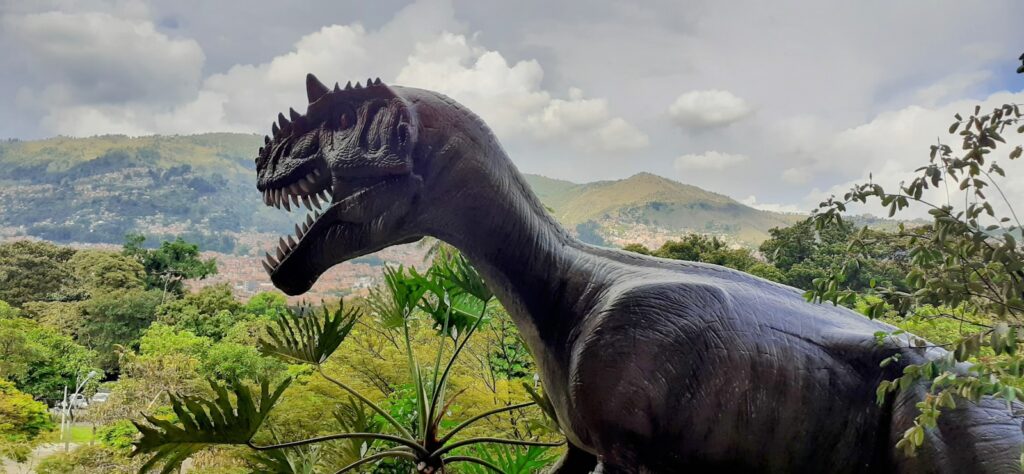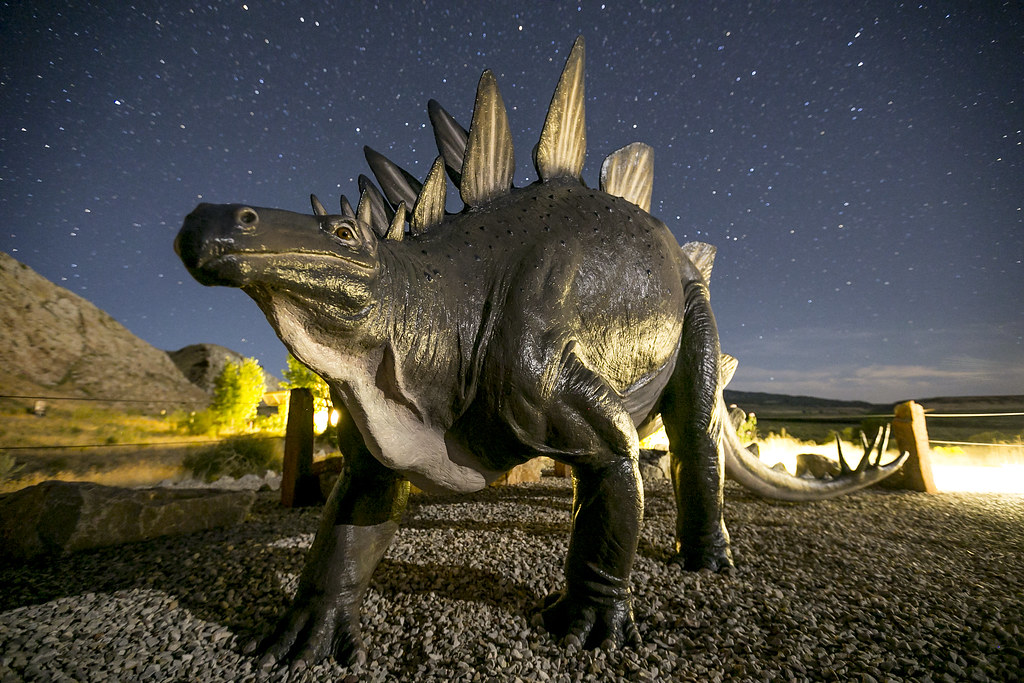Imagine stepping into a world where the ground trembles beneath your feet, not from earthquakes or machinery, but from the gentle footsteps of creatures so massive they could peer into fourth-story windows. The year is 150 million years ago, and you’re about to witness one of nature’s most extraordinary spectacles – a day in the life of Brachiosaurus, the towering giant that once ruled the ancient landscapes of what we now call North America. As dawn breaks over the Jurassic world, mist rises from prehistoric rivers while the earth’s most magnificent herbivore begins its daily ritual of survival in a land where every moment holds wonder and danger.
Dawn Awakening in the Jurassic Forest
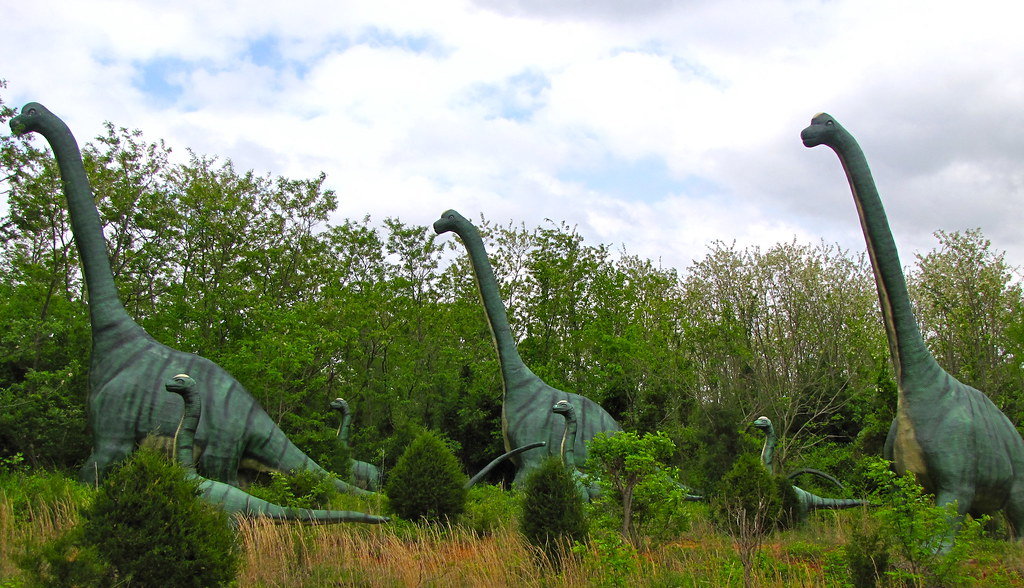
The first rays of sunlight pierce through the towering canopy of conifers and ferns, casting long shadows across the humid landscape. Our Brachiosaurus, standing nearly 40 feet tall, slowly lifts its massive head from the fern-covered ground where it has spent the night.
Unlike many modern animals, Brachiosaurus didn’t need to worry about predators during sleep – its sheer size provided natural protection. The gentle giant’s eyes, positioned high on its elongated skull, scan the horizon for potential threats while its nostrils flare to detect scents carried on the morning breeze.
As the creature begins to stir, smaller dinosaurs scurry away from beneath its feet. The forest floor trembles with each movement, creating ripples in nearby puddles and causing leaves to rain down from disturbed branches overhead.
The Art of Jurassic Breakfast
Feeding time for a Brachiosaurus was no simple affair – consuming enough vegetation to fuel a 50-ton body required serious dedication. Our gentle giant approaches a grove of towering Araucaria trees, their branches heavy with nutritious needles and cones that most other dinosaurs could never reach.
With surgical precision, the long neck extends upward, allowing the dinosaur to browse at heights exceeding 50 feet. Its peg-like teeth, perfectly designed for stripping vegetation rather than chewing, work methodically to gather massive quantities of plant material.
The stomach of a Brachiosaurus functioned like a massive fermentation chamber, capable of processing up to 880 pounds of vegetation daily. Gastroliths – smooth stones deliberately swallowed – helped grind the tough plant matter in the creature’s muscular gizzard, much like modern birds use stones to aid digestion.
Navigating the Ancient Landscape
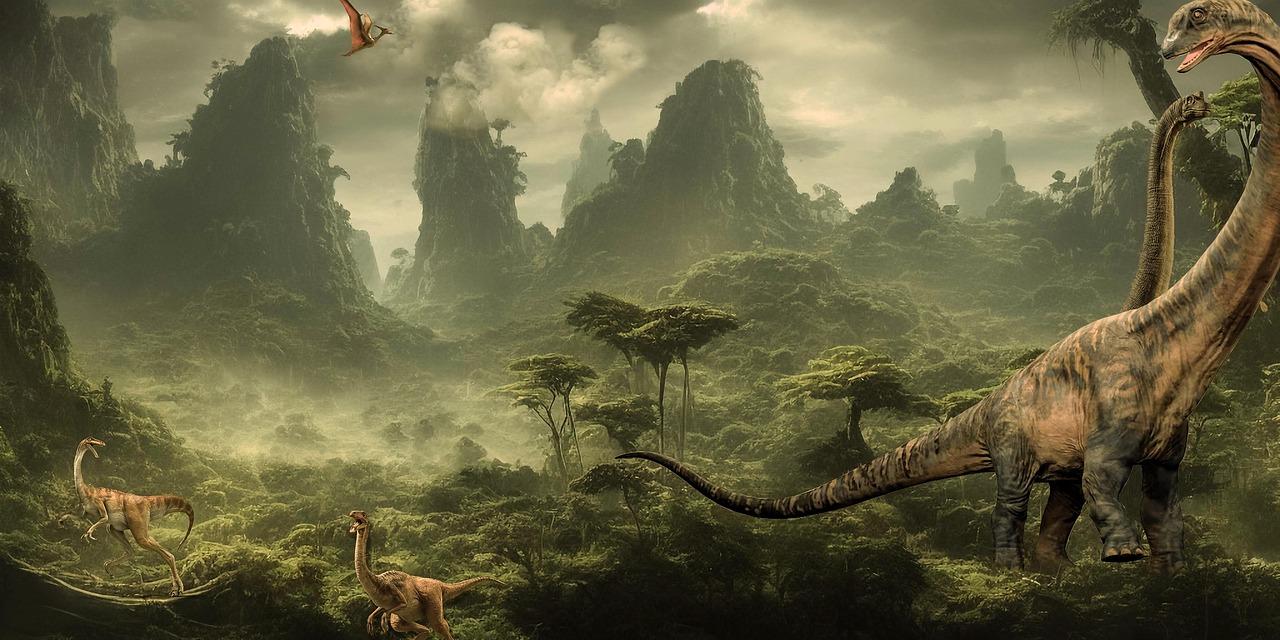
Moving through the Jurassic world required careful navigation, even for creatures as massive as Brachiosaurus. The dinosaur’s columnar legs, each resembling tree trunks, supported its enormous weight while allowing surprising grace in movement.
Ancient riverbeds and flood plains provided natural highways for these giants, offering both easier terrain and abundant water sources. Our Brachiosaurus follows a well-worn path created by countless generations of sauropods, their massive footprints creating permanent impressions in the soft earth.
The creature’s broad, padded feet distributed weight evenly, preventing it from sinking into marshy ground. Each step required careful placement, as a stumble could prove catastrophic for such a massive animal.
The Social Dynamics of Giants
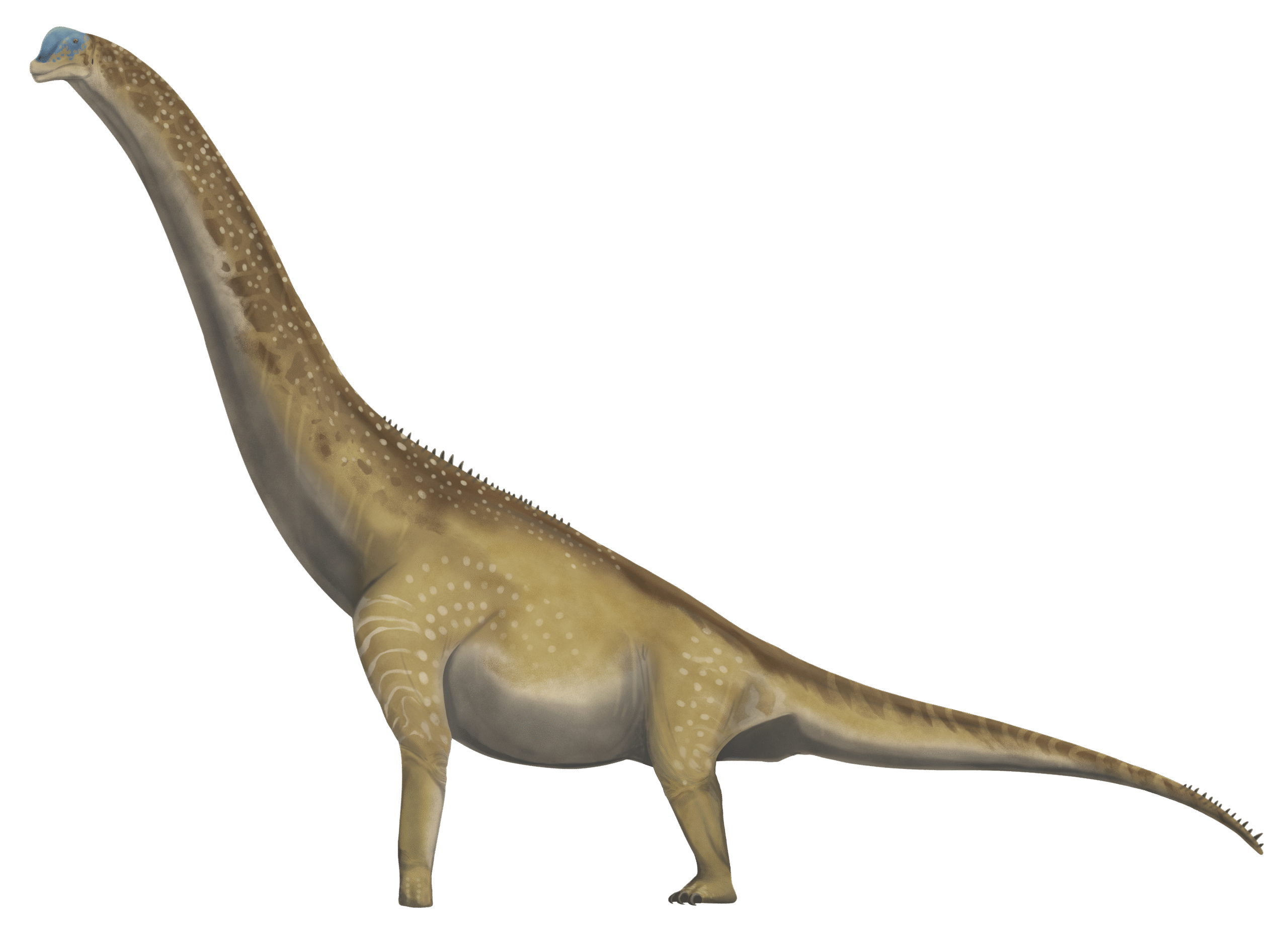
Contrary to popular belief, Brachiosaurus wasn’t a solitary creature roaming the landscape alone. Evidence suggests these magnificent dinosaurs lived in loose herds, providing protection through numbers and shared vigilance against predators.
Communication among herd members likely involved deep, resonant calls that could travel for miles across the ancient landscape. The dinosaur’s long neck served as both a feeding tool and a communication device, allowing for visual signals and displays of dominance or submission.
Young Brachiosaurus, roughly the size of modern elephants, stayed close to their mothers for protection. The sight of a herd moving together must have been breathtaking – a parade of giants gracefully navigating their prehistoric world.
Midday Heat and Cooling Strategies
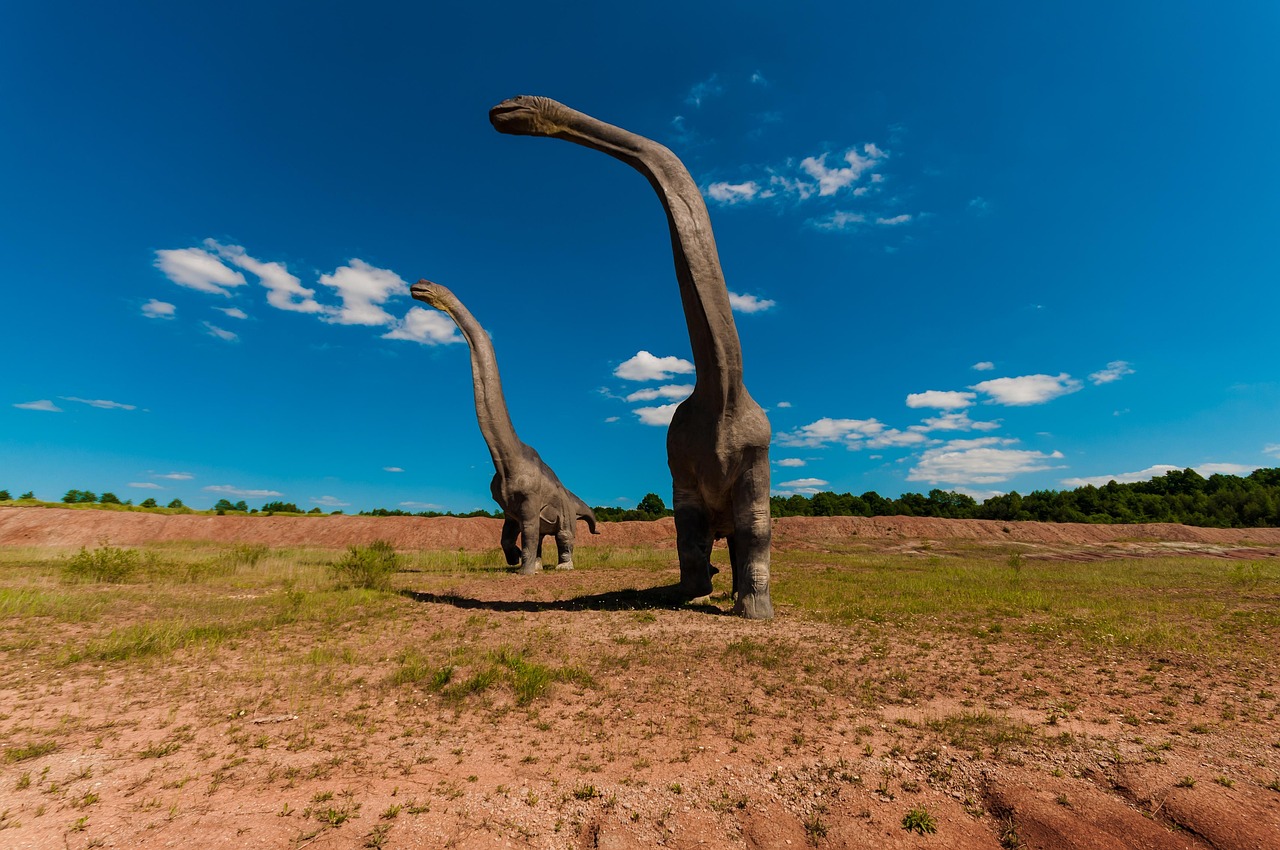
As the Jurassic sun climbs higher, temperatures soar across the landscape, creating challenges for massive warm-blooded creatures. Our Brachiosaurus seeks relief in the shade of giant conifers, its long neck allowing it to position its head in cooler air currents.
The dinosaur’s massive body generated significant internal heat, requiring sophisticated cooling mechanisms. Blood vessels near the skin surface dilated to release excess heat, while its enormous lung capacity helped regulate body temperature through controlled breathing.
Wallowing in shallow rivers and lakes provided additional cooling relief. The sight of these giants partially submerged in ancient waterways, with only their heads and necks visible above the surface, would have been truly magnificent.
Encounters with Jurassic Neighbors
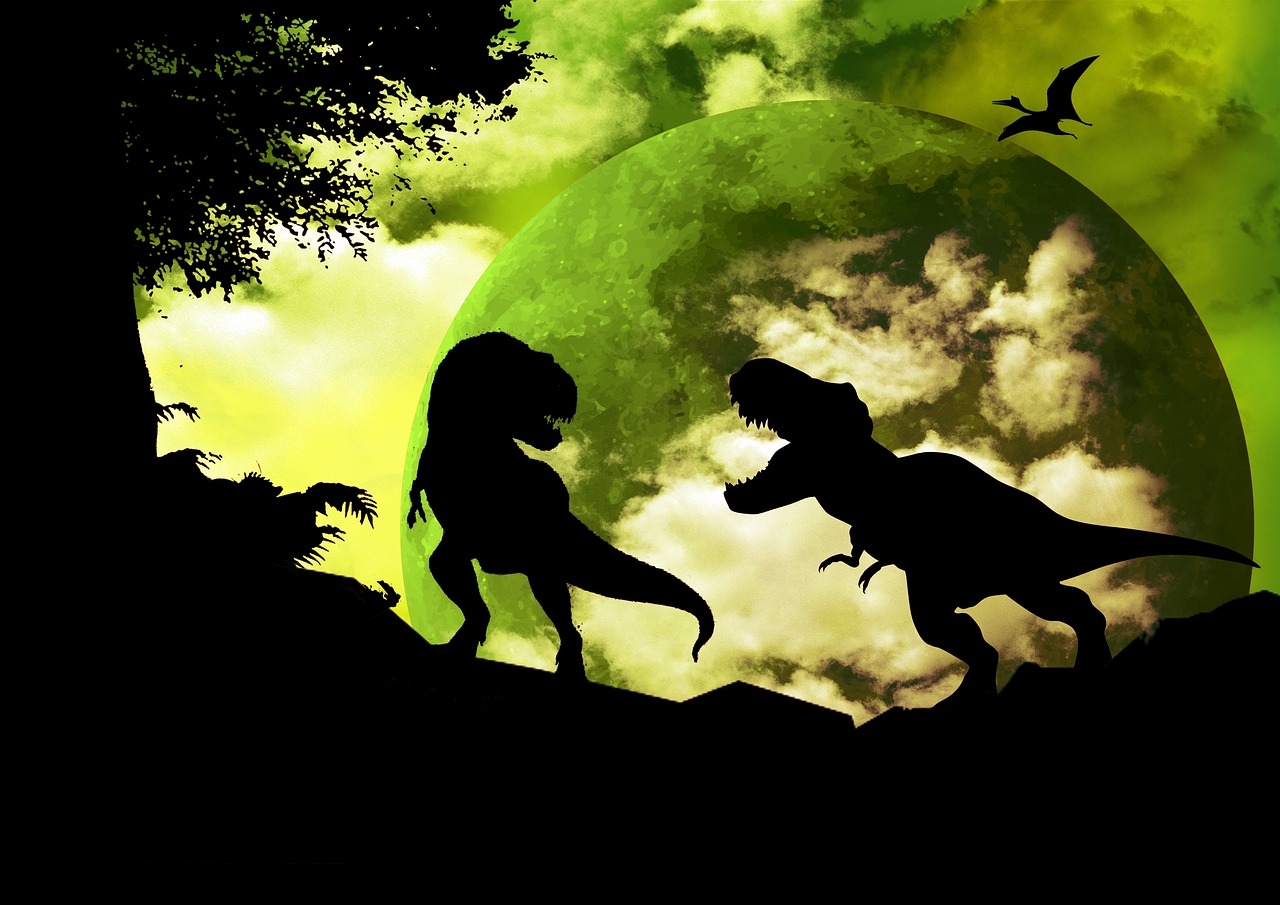
The Jurassic world teemed with life, and Brachiosaurus shared its habitat with an incredible diversity of creatures. Smaller herbivorous dinosaurs like Stegosaurus grazed in the understory, their armored plates glinting in the dappled sunlight.
Predators posed little threat to healthy adult Brachiosaurus, but massive carnivores like Allosaurus patrolled the landscape, always alert for signs of weakness or opportunity. The presence of these apex predators kept the gentle giants constantly vigilant.
Flying reptiles soared overhead, while early mammals scurried through the undergrowth. The ecosystem functioned as a complex web of relationships, with each species playing a vital role in maintaining the delicate balance of Jurassic life.
The Engineering Marvel of Sauropod Necks
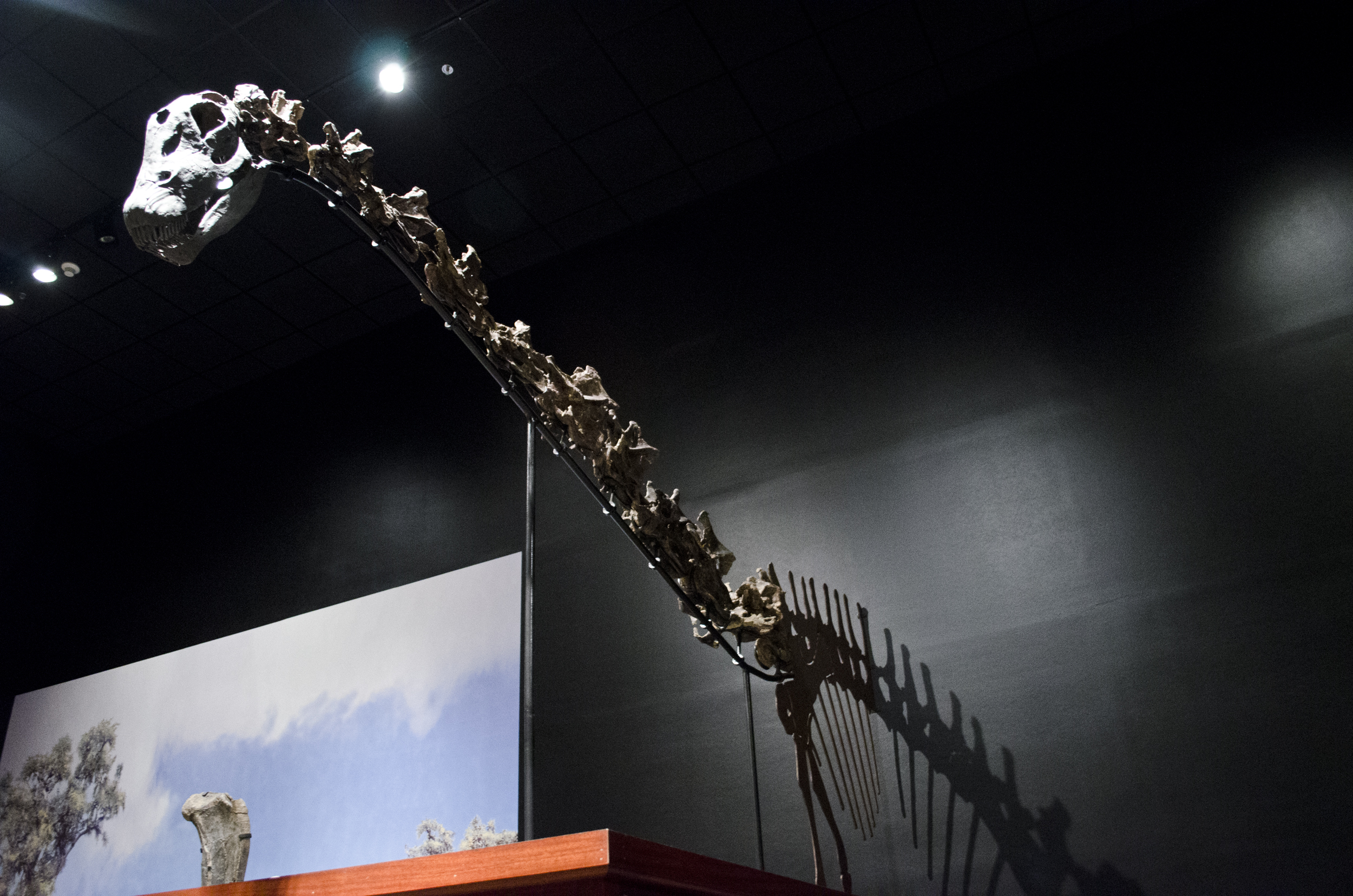
The neck of Brachiosaurus represents one of evolution’s most remarkable engineering achievements. Composed of 13 elongated vertebrae, each reinforced with complex air sacs and supported by powerful muscles, this structure defied conventional understanding of biomechanics.
Air sacs, similar to those found in modern birds, reduced the neck’s weight while maintaining structural integrity. This pneumatic system allowed the dinosaur to lift its massive head high into the canopy without collapsing under its own weight.
The neck’s flexibility enabled precise feeding movements, allowing the creature to strip vegetation from branches with remarkable efficiency. This adaptation gave Brachiosaurus access to an ecological niche unavailable to any other land animal in Earth’s history.
Afternoon Foraging and Energy Management
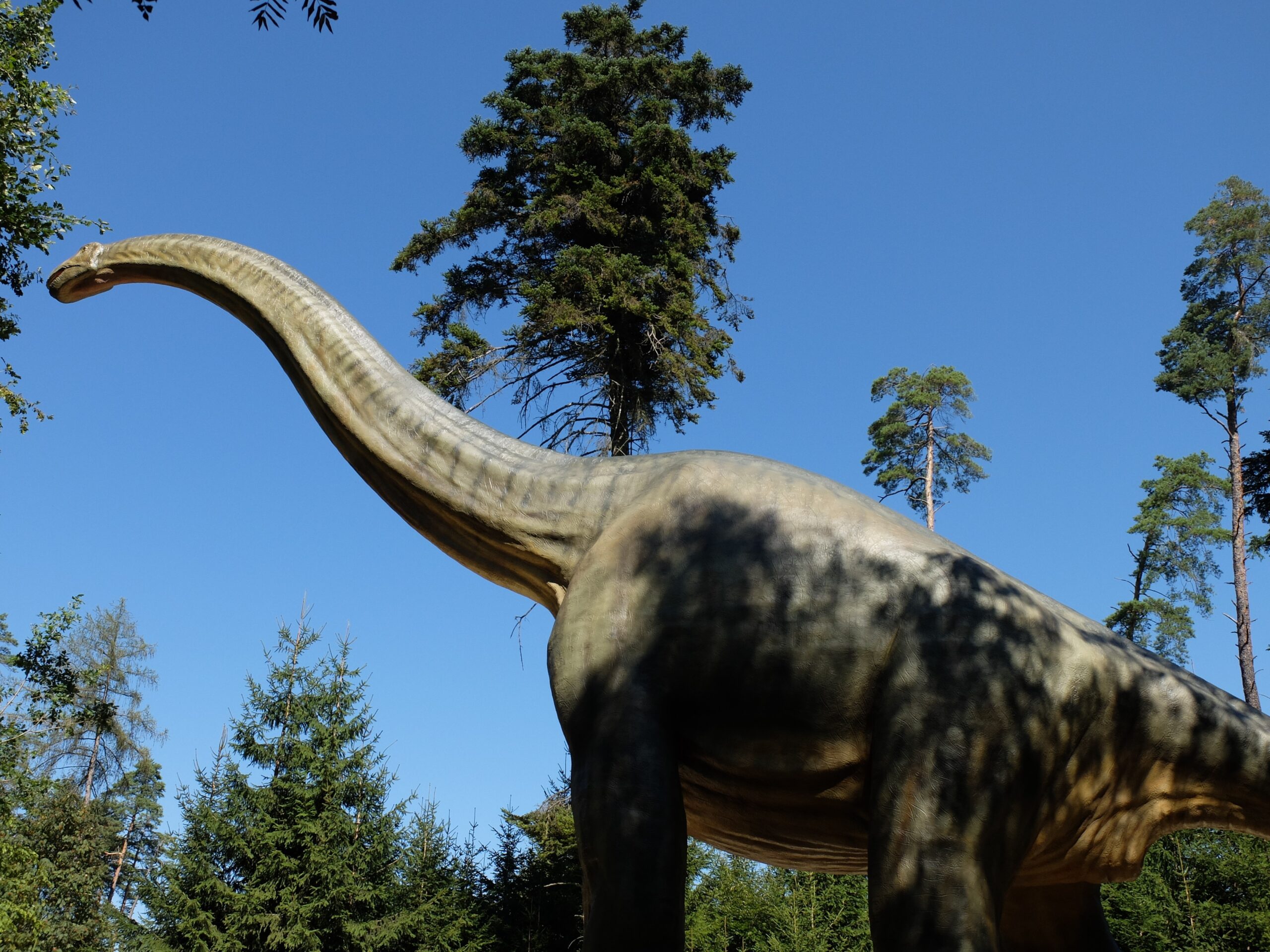
The afternoon hours brought renewed feeding activity as our Brachiosaurus continued its endless quest for nutrition. The creature’s metabolism required constant fuel, making foraging a round-the-clock occupation punctuated only by brief rest periods.
Different plant species provided varying nutritional benefits, and Brachiosaurus demonstrated remarkable selectivity in its diet. Cycads offered high-energy seeds, while ferns provided essential minerals and vitamins necessary for maintaining its massive frame.
The dinosaur’s feeding strategy involved moving slowly through the landscape, systematically stripping available vegetation before moving to new areas. This behavior prevented overgrazing and allowed plant communities to recover between visits.
Water Sources and Hydration Challenges
Maintaining proper hydration posed significant challenges for creatures of Brachiosaurus’s size. The dinosaur required hundreds of gallons of water daily, making proximity to reliable water sources crucial for survival.
Rivers and lakes provided obvious water sources, but the creature’s height created practical difficulties in reaching the surface. Lowering its massive head to drink required careful positioning to avoid losing balance or becoming vulnerable to predators.
During dry seasons, Brachiosaurus may have relied on moisture from vegetation and morning dew collected on leaves. The creature’s efficient kidneys helped conserve water, allowing it to survive temporary shortages while searching for new sources.
Defense Mechanisms of the Gentle Giant
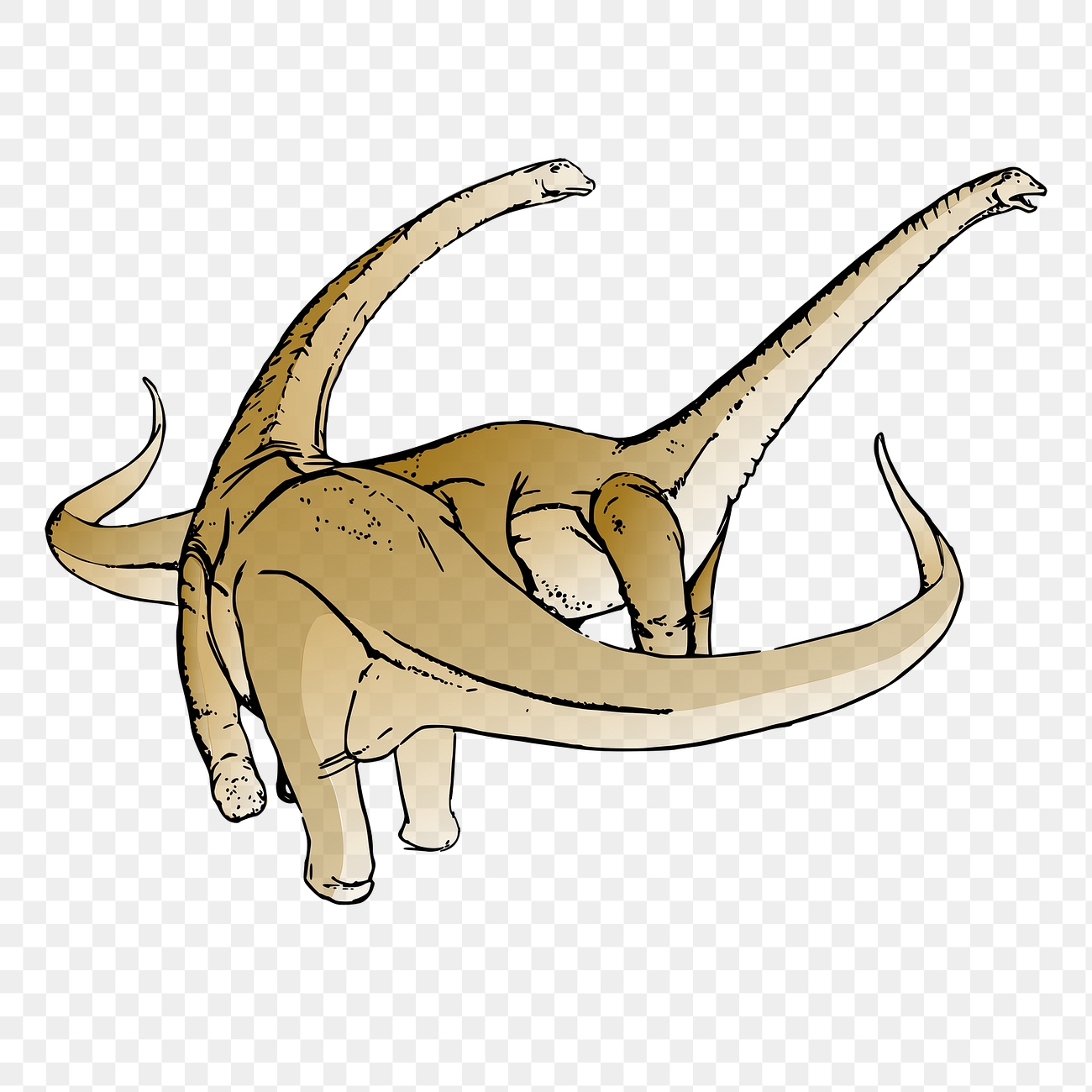
Despite their peaceful nature, Brachiosaurus possessed several defensive capabilities when threatened. Their massive size alone deterred most predators, while their long tails could deliver devastating blows to any creature brave enough to attack.
The dinosaur’s height advantage provided excellent visibility across the landscape, allowing early detection of potential threats. When danger approached, the creature could rear up on its hind legs, using its massive forelimbs as weapons.
Herd behavior offered additional protection, with multiple adults capable of forming defensive circles around vulnerable young. The combined presence of several 50-ton adults would have been enough to discourage even the most determined predator.
Evening Rituals and Settling Down
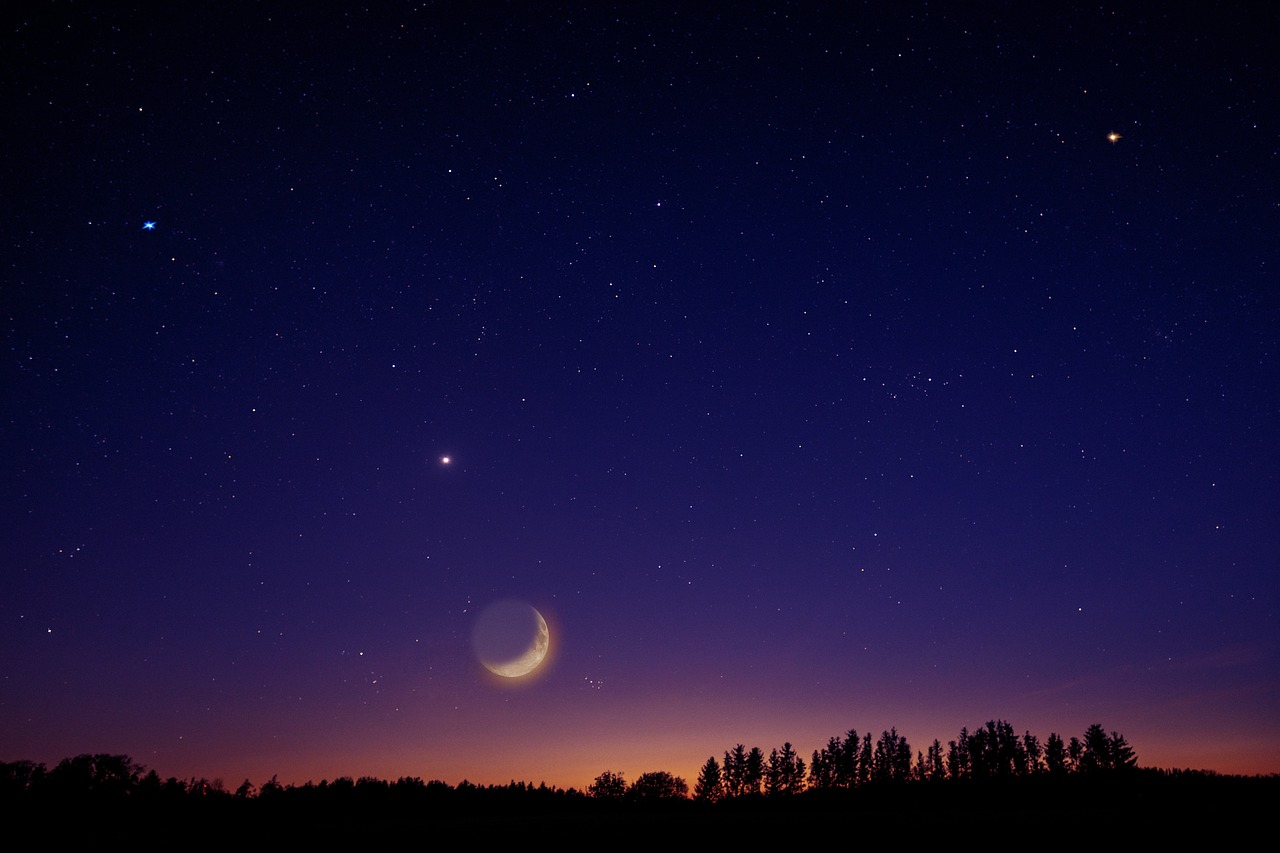
As daylight begins to fade, our Brachiosaurus begins its evening routine of finding a suitable resting spot. The creature seeks level ground with good drainage, avoiding areas where predators might attempt nighttime ambushes.
The process of lying down required careful coordination, as the dinosaur’s massive weight made rapid movements impossible. Once settled, the creature would remain motionless for hours, conserving energy for the next day’s activities.
Social grooming may have occurred during evening hours, with herd members using their long necks to remove parasites and debris from hard-to-reach areas. These interactions strengthened social bonds and maintained herd cohesion.
Nighttime Vigilance and Rest Cycles
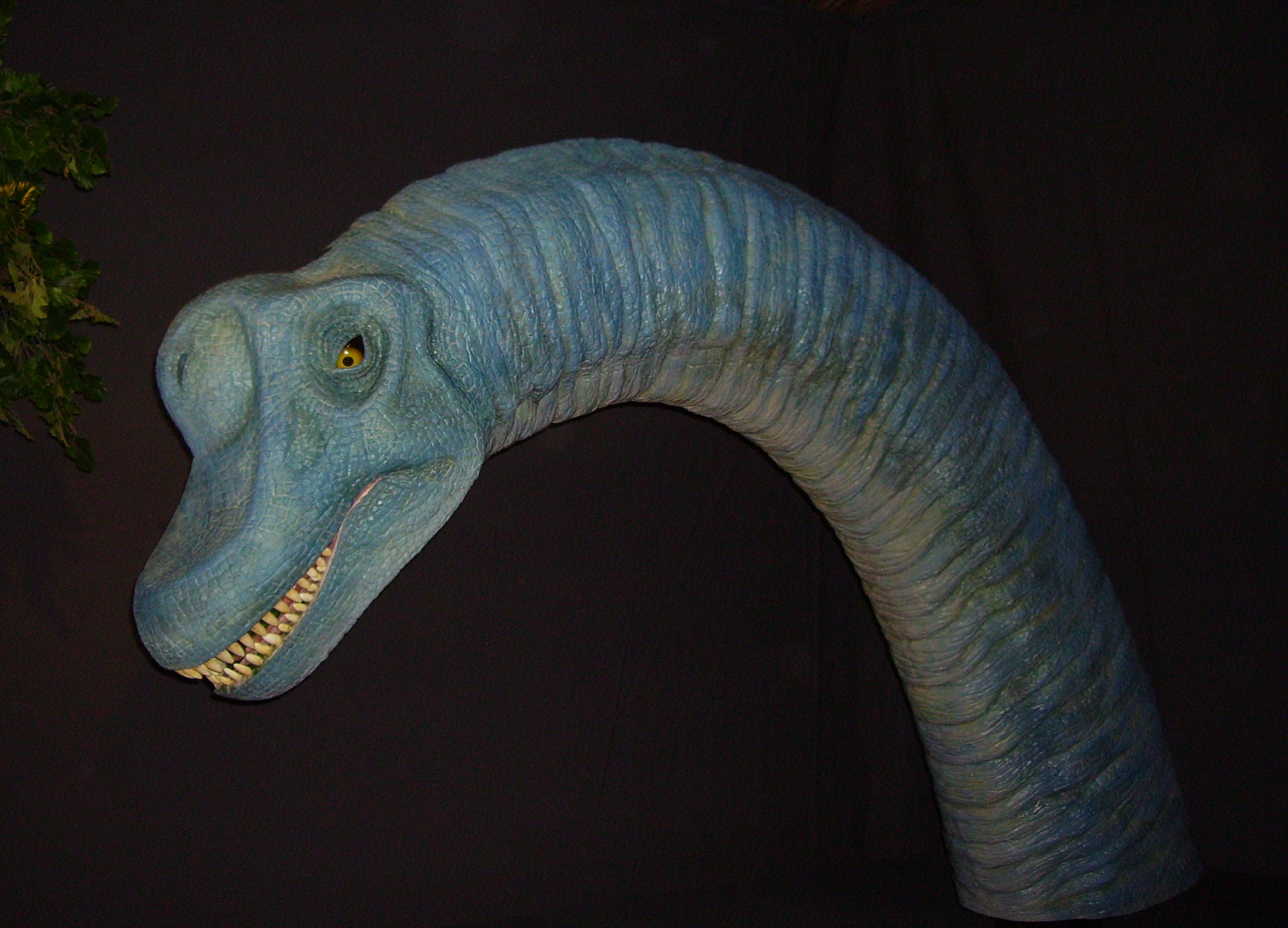
Sleep patterns for Brachiosaurus likely differed significantly from modern mammals, with the creature remaining semi-alert throughout the night. Its brain processed sensory information continuously, ready to respond to potential threats or disturbances.
The dinosaur’s position during rest provided maximum protection while allowing rapid escape if necessary. Its long neck remained partially elevated, enabling quick scanning of the surrounding area without requiring major body movements.
Breathing patterns slowed during rest periods, but the creature’s massive lungs continued working to supply oxygen to its enormous body. Heart rates decreased but remained elevated compared to smaller animals, reflecting the constant energy demands of maintaining such massive size.
Seasonal Adaptations and Migration Patterns
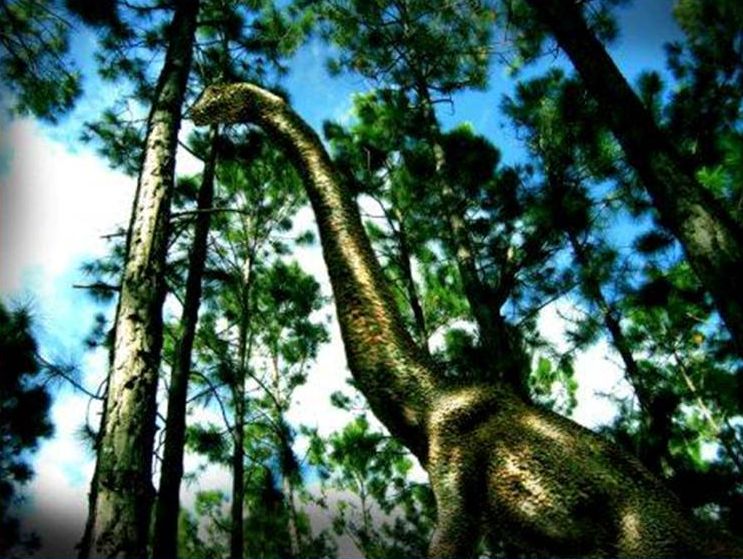
The Jurassic climate experienced seasonal variations that significantly impacted Brachiosaurus behavior and survival strategies. During cooler months, the dinosaurs likely migrated to lower elevations or more favorable feeding areas.
Evidence suggests these giants followed established migration routes, traveling hundreds of miles between seasonal feeding grounds. Such journeys required careful timing and coordination among herd members to ensure survival of all age groups.
Seasonal changes in vegetation availability forced Brachiosaurus to adapt its diet and feeding patterns. The creature’s ability to reach high canopy vegetation provided advantages during lean periods when ground-level plants became scarce.
Reproduction and Nurturing Young
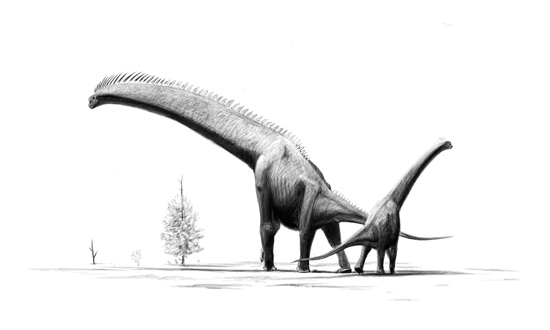
The reproductive cycle of Brachiosaurus represented one of nature’s most remarkable achievements, with females capable of producing offspring weighing several tons at birth. Nesting sites required careful selection to protect vulnerable eggs from predators and environmental threats.
Young Brachiosaurus faced enormous challenges in their early years, requiring constant protection and guidance from adult herd members. Growth rates were astronomical, with juveniles gaining hundreds of pounds monthly during their first years of life.
Parental care extended well beyond hatching, with mothers providing protection, guidance, and feeding instruction for several years. The bond between parent and offspring was crucial for survival in the dangerous Jurassic world.
Legacy of the Gentle Giants
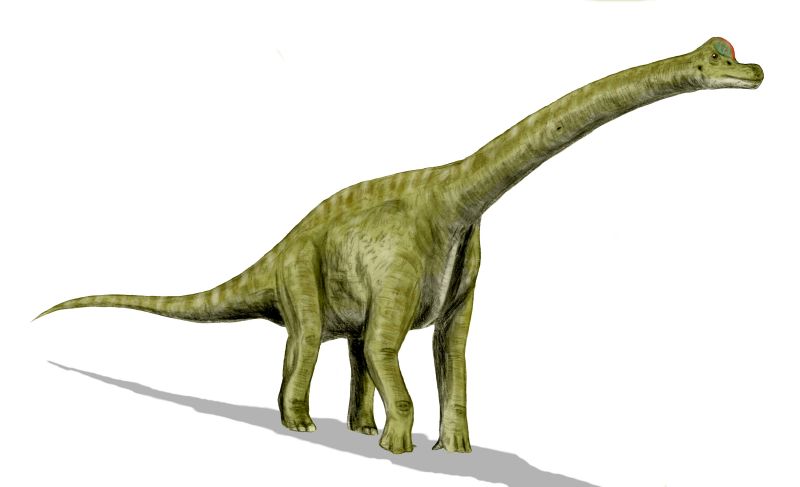
The story of Brachiosaurus extends far beyond its own existence, representing a crucial chapter in Earth’s evolutionary history. These magnificent creatures demonstrated that size could be achieved without aggression, proving that gentle giants could dominate ecosystems through sheer presence rather than predatory behavior.
Their sophisticated adaptations for high-altitude feeding, efficient digestion, and social cooperation provided evolutionary blueprints that influenced subsequent dinosaur species. The engineering principles evident in their anatomy continue to inspire modern biomechanical research and technological innovation.
Modern conservation efforts draw inspiration from the Brachiosaurus story, reminding us that even the most seemingly invincible species can vanish from Earth. The gentle giants’ legacy challenges us to protect today’s magnificent creatures before they too become only fossil memories. What lessons might we learn from these ancient guardians of the forest canopy?



